In one form or another, working from home is here to stay for the many of us.
Working from home presents its fair share of challenges. How to stay connected? How to collaborate effectively? How to be productive? How to manage home schooling without compromising on the quality of work or parenting or both? How to set work boundaries when your home office is set up in your living room?
When staff work from home, their home becomes their workplace.
- for productivity?
- for safety?
- for wellbeing?
I will leave it to you to decide about productivity.
For safety and wellbeing, the answer is an unequivocal yes.
Let’s say a team member is injured during work hours while working in their home. Perhaps they tripped over in their living room while walking back to their desk and were knocked unconscious.
Who would know?
What is the employer’s responsibility (some may read this as “liability”)?
This falls into the realm of duty of care, WHS notifiable incidents and workers compensation.
The grace period for COVID-19 seems to be coming to an end. Duty of care standards to provide practical solutions for the safety of remote workers are increasing with some states introducing serious criminal penalties.
Employers are now coming under scrutiny for the safety of their employees who have been injured while working in their own homes.
One of the questions the WHS regulator will ask is, “What systems were in place to monitor the safety of staff while they were working remotely from home?”
Understandably, the monitoring of staff in their own homes raises privacy concerns. Like in every other worksite, a balance needs to be found between the safety of all people on the site and their privacy.
Monitoring the Safety and Wellbeing of Your Remote Workers
When looking for a safety system to monitor the safety and wellbeing of your remote workers, it should:
- Supervision;
- Communication systems between remote workers and supervisors;
- Location systems to locate remote workers; and
- Emergency notification systems to enable your remote workers to rapidly notify their supervisor of a workplace (in their home) emergency.
2. Remove the guess work for managers and the organisation by providing visibility and oversight into the safety of each remote worker throughout the work day.
3. Improve efficiency by reducing the number of manual touch points for remote workers and the managers responsible for them.
4. Reduce the non-financial impacts for managers, remote workers and the organisation, of remote workers being hurt in otherwise avoidable situations.
5. Meet your duty of care and other compliance obligations.
6. Save money.
7. Be flexible to adapt as your businesses changes going forward.
8. Contribute to a positive safety culture and provide an everyday reminder that the organisation cares for its people.
~ ~ ~
Investing in the right tools to monitor the safety and wellbeing of staff working remotely from home will deliver real benefits.
Healthier, happier, safer and more supported staff will deliver better levels of service resulting in greater value for your customers. This can make all the difference in a competitive marketplace.
Travis Holland
CEO
My Safety Buddy
Should you wish to discuss strategies to improve your staff’s safety in their work environment, please feel welcome to contact My Safety Buddy.
Passionate about creating safer workplaces our goal is to enhance wellbeing for all concerned whilst also delivering improved operational and financial performance.
Enjoyed this piece? Please share, like, and comment. If you would like to read more, follow Travis on LinkedIn.

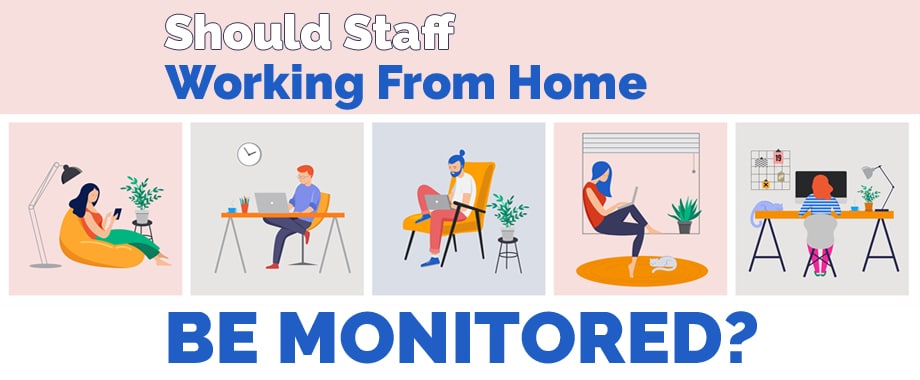

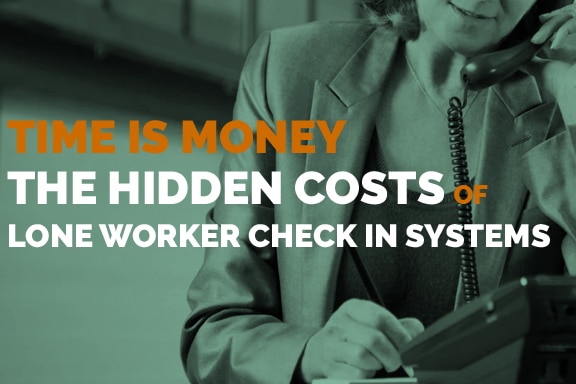
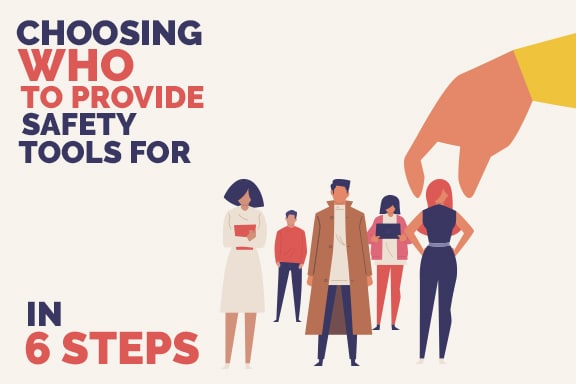

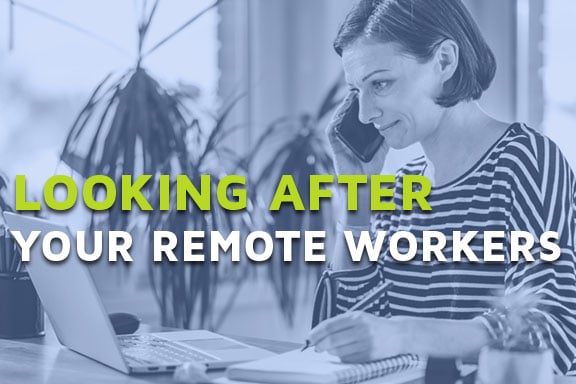
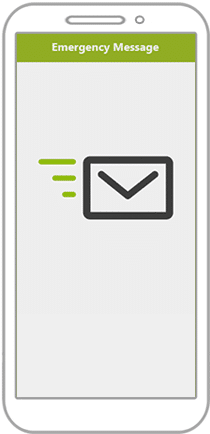

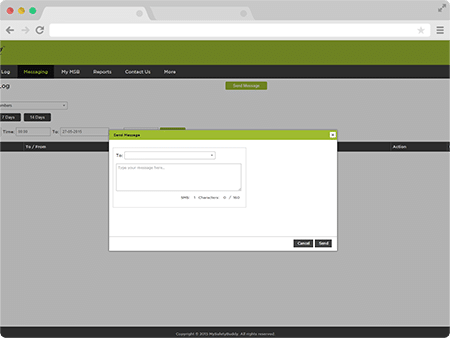 SMS Broadcasts
SMS Broadcasts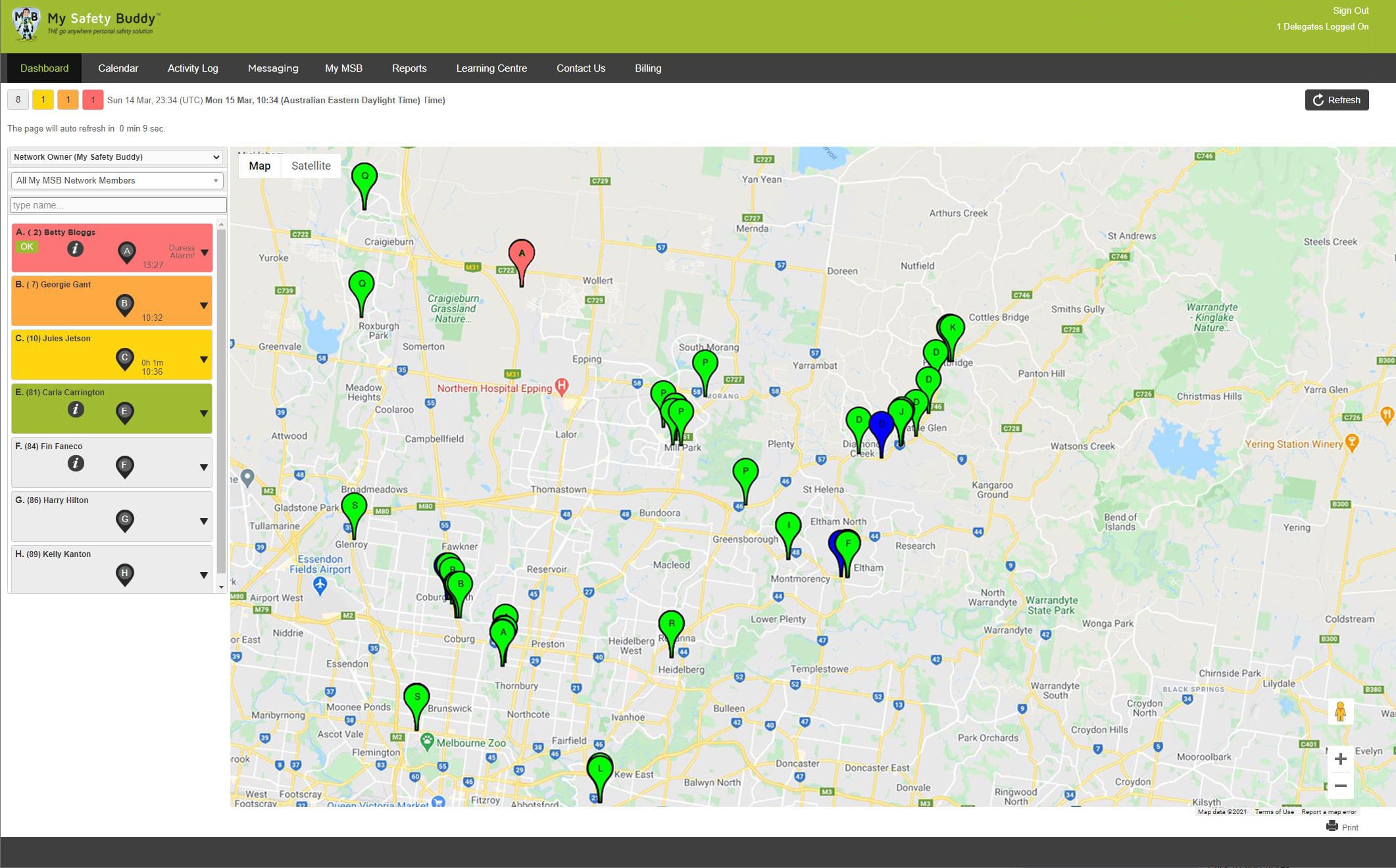 Web Portal and Dashboard
Web Portal and Dashboard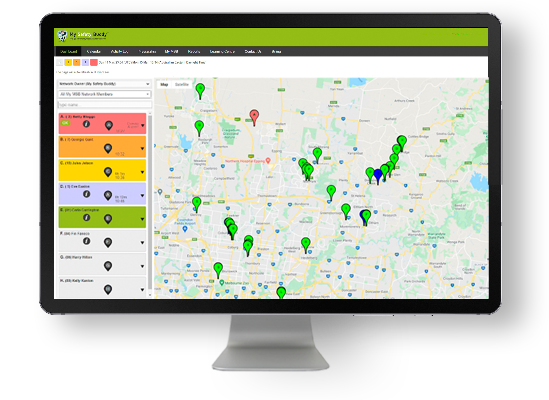
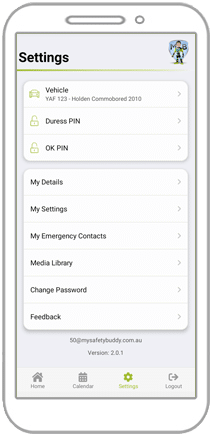 Customisable Settings
Customisable Settings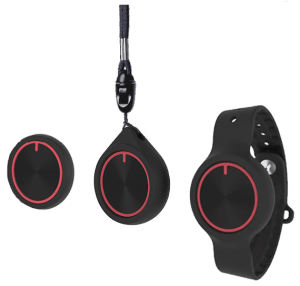
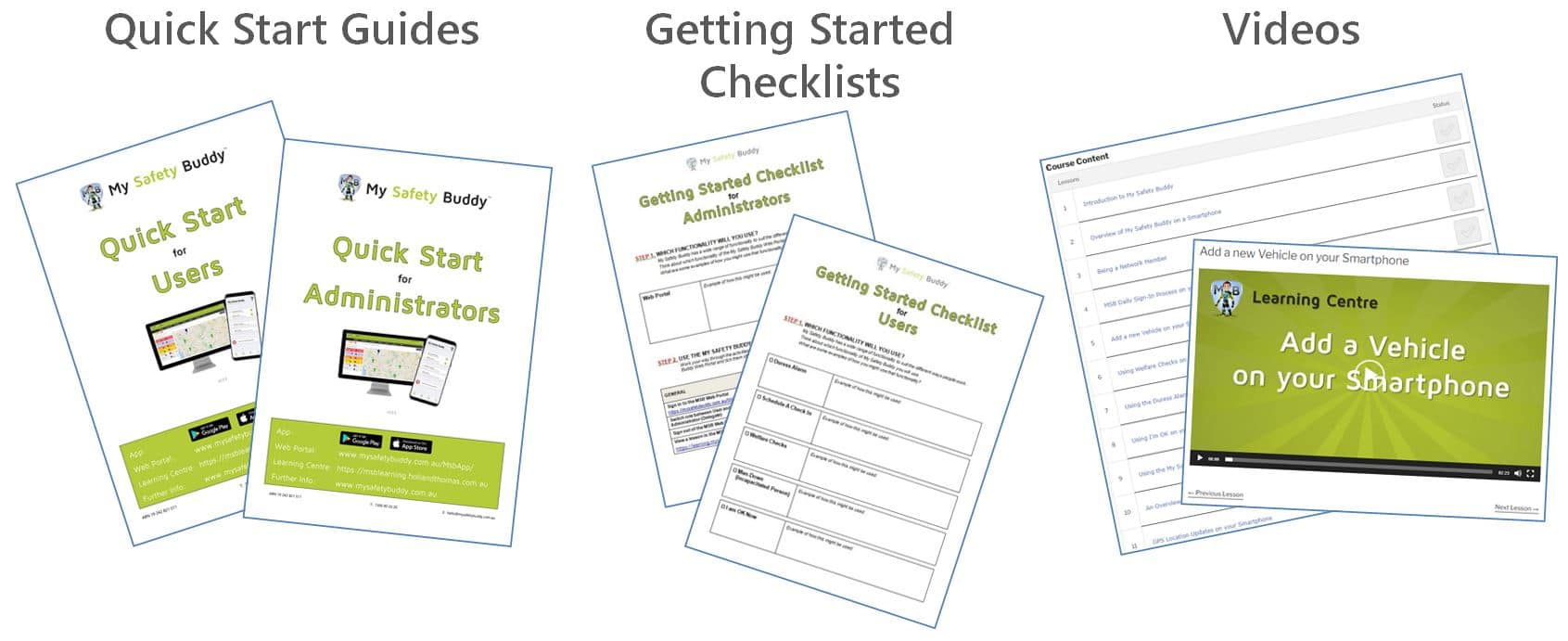

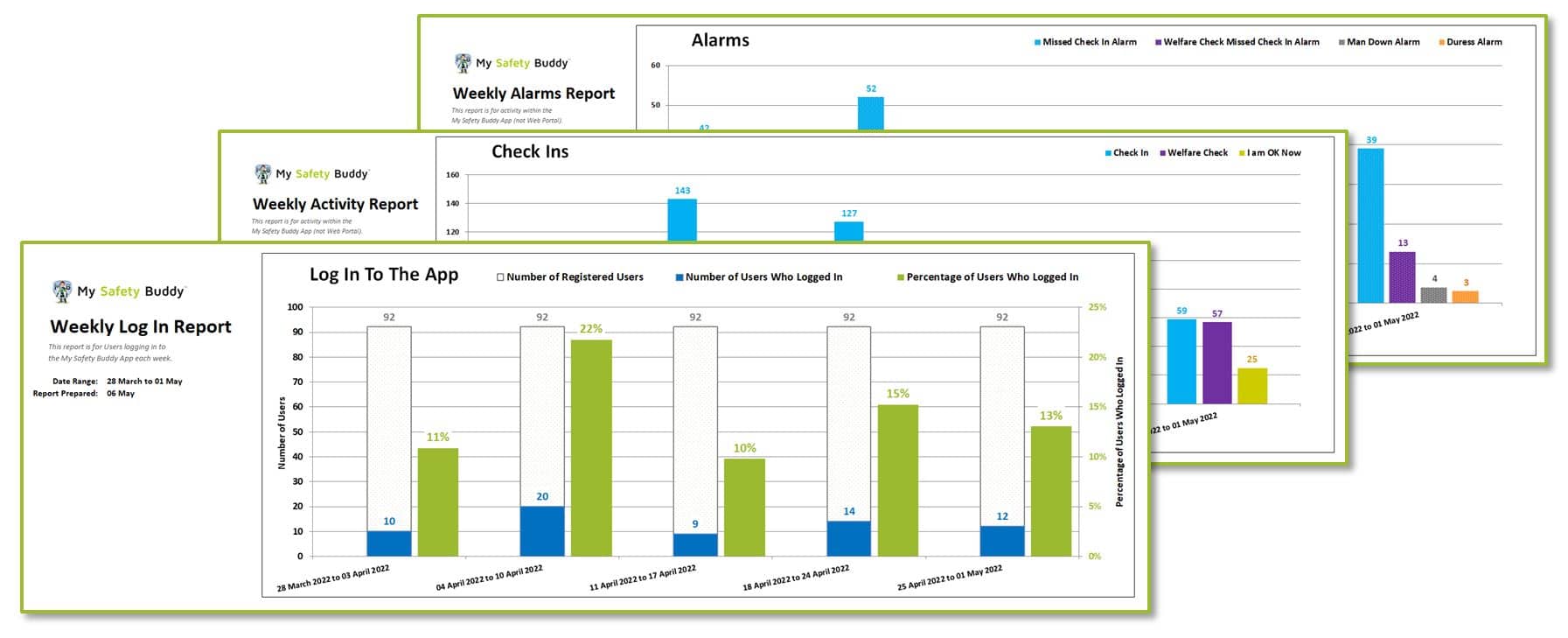
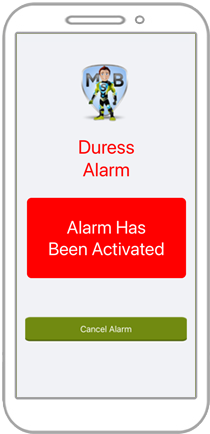

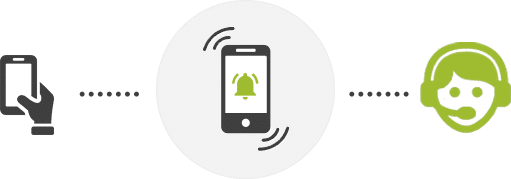
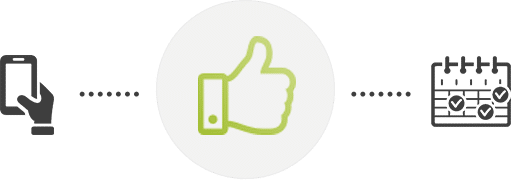


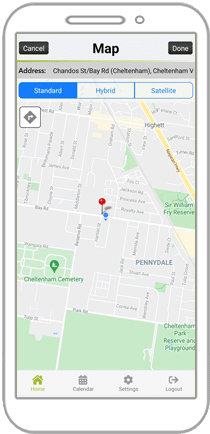

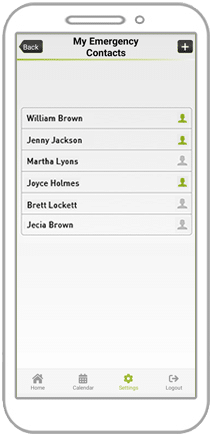

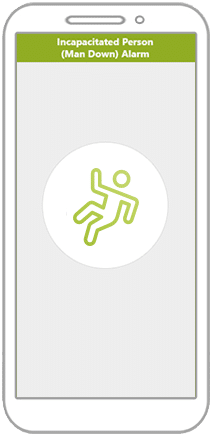 Man Down Alarm
Man Down Alarm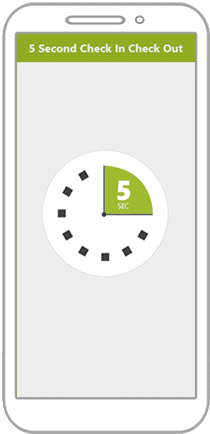 5 Second Check In
5 Second Check In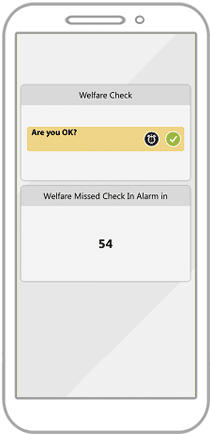 Welfare Checks
Welfare Checks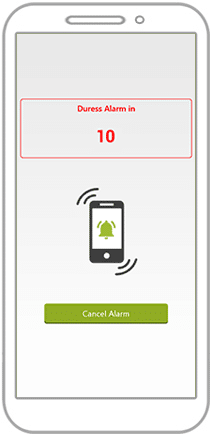 Duress Alarm (Panic Alarm)
Duress Alarm (Panic Alarm) Real Time Video
Real Time Video